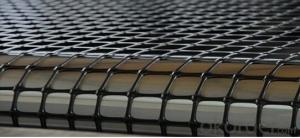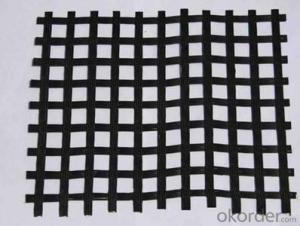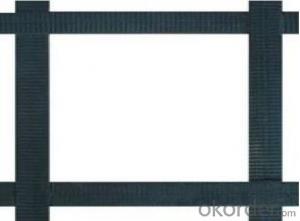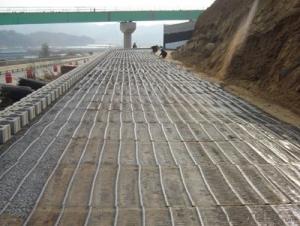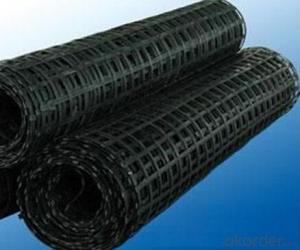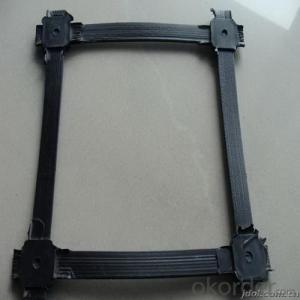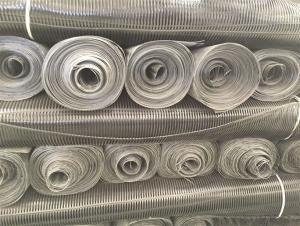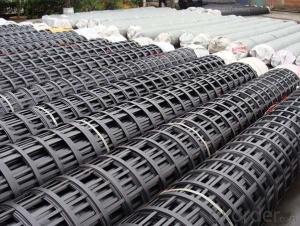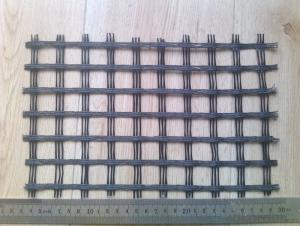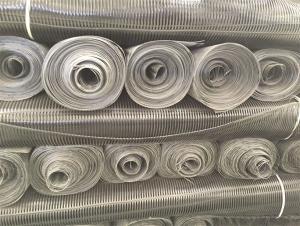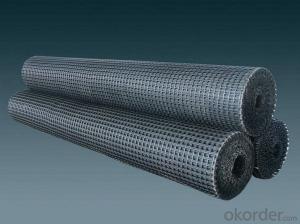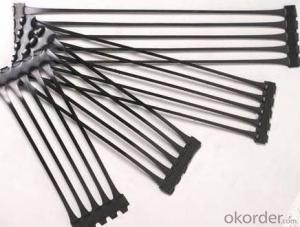Gmb Geogrid
Gmb Geogrid Related Searches
Fridge With Freezer On Bottom Driveway Pillars With Lights Blu Ray Player With Recorder Blu Ray Player With Internet Geogrid In Retaining Walls 1708 Biaxial Fiberglass Tape Pullout Resistance Of Geogrid Geogrid Warp Knitting Machine Srw 3 Series Geogrid Biaxial Plastic GeogridHot Searches
Fiberglass Scaffolding For Sale Fiberglass Panels For Sale Fiberglass Greenhouses For Sale Geogrid Fabric For Sale Gas Powered Core Aerator For Sale Revolution 4 Propeller For Sale Alabaster Carving Stone For Sale Geogrid For Sale Near Me Tensar Geogrid For Sale Geogrid For Sale Ex Display Log Cabins For Sale Photoelectric Cells For Sale Athletic Lockers For Sale Cubicle Partitions For Sale Stearman Propeller For Sale Palram Greenhouses For Sale Gumbo Bowls For Sale Suzuki Propellers For Sale Freight Crates For Sale Outhouse Sheds For SaleGmb Geogrid Supplier & Manufacturer from China
Okorder.com is a professional Gmb Geogrid supplier & manufacturer, offers integrated one-stop services including real-time quoting and online cargo tracking. We are funded by CNBM Group, a Fortune 500 enterprise and the largest Gmb Geogrid firm in China.Hot Products
FAQ
- Geogrids help in reducing the risk of foundation settlement by providing additional support and stability to the soil. They act as a reinforcement material, spreading the load of the foundation more evenly and preventing excessive settlement. Geogrids also help to confine the soil particles, preventing lateral movement and soil erosion, which can further contribute to foundation settlement.
- Yes, geogrids can be used in mechanically stabilized earth walls. Geogrids are commonly used as reinforcements in mechanically stabilized earth walls to improve their stability and strength. They effectively distribute the forces within the soil and reduce potential wall failure.
- Yes, geogrids can be used in subgrade improvement. Geogrids are often used in civil engineering projects to reinforce and stabilize weak soils in the subgrade. They can help to distribute loads more evenly, increase bearing capacity, and reduce settlement. Additionally, geogrids can improve the overall performance and longevity of the subgrade, making them a valuable tool in subgrade improvement projects.
- Yes, geogrids can be used for reinforcement in embankments and dams. Geogrids are high-strength synthetic materials that are designed to enhance soil stability and prevent erosion. They are commonly used in civil engineering projects, including embankments and dams, to improve the overall strength and stability of the structures. By providing additional tensile strength to the soil, geogrids help to distribute loads more evenly, reduce settlement, and prevent soil movement.
- In the case of the subgrade with Geogrid
- When the subgrade for soft foundation treatment using geogrid, geogrid is used as reinforcement of reinforced earth structure or reinforced material, the main function is to play the role of tensile.
- Moisture can have both positive and negative effects on geogrid performance. On one hand, moisture can enhance the interlock between the geogrid and the surrounding soil, improving its overall stability and load-bearing capacity. This is particularly beneficial in clayey or cohesive soils where moisture helps to increase the soil's strength and reduce its potential for settlement. On the other hand, excessive moisture can lead to the loss of geogrid strength due to hydrolysis or chemical degradation, especially in certain polymer-based geogrids. Additionally, waterlogged conditions can increase the likelihood of soil erosion, reducing the effectiveness of the geogrid in retaining soil particles. Therefore, while some moisture is generally beneficial, proper drainage and moisture control are crucial factors to consider for optimal geogrid performance.
- Geotextile manufacturers which good? Where is the best geotextile, geotextile manufacturers
- Needle punched nonwoven fabric and PE film composite geotextile:A specification film cloth, a cloth film two, maximum width of 4.2 meters is the main raw material to use acupuncture non-woven polyester staple fiber, PE film by composite, is mainly used for seepage control, applicable to rail, highway, tunnel, subway, airport project. Geotextile manufacturers can choose Wo environmental protection
- The recommended installation method for geogrids is to first prepare the subgrade by removing any vegetation or loose soil, and then compact the subgrade to achieve a stable base. The geogrid should be unrolled and placed on top of the prepared subgrade, ensuring it is stretched and anchored securely at the edges. Overlapping the geogrid panels by the manufacturer's recommended amount and using connector devices may be necessary. Finally, the geogrid should be covered with an appropriate fill material and compacted in layers to ensure proper integration and load distribution.
















